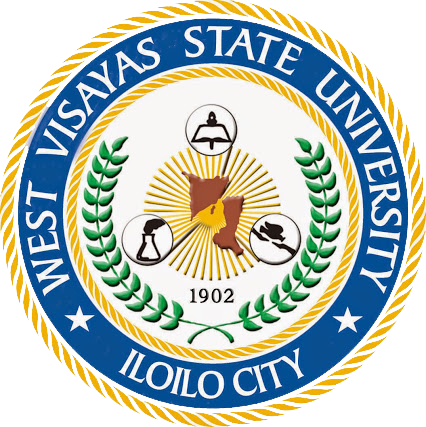iTEACH (Integrating Technology in Teaching): Narratives of teacher educators
| dc.contributor.author | Albacete, Victoria V. | |
| dc.contributor.author | Banhaw, Fatima | |
| dc.date.accessioned | 2023-03-09T07:51:39Z | |
| dc.date.available | 2023-03-09T07:51:39Z | |
| dc.date.issued | 2019-12 | |
| dc.identifier.citation | Albacete, V. V., & Banhaw, F. (2019). iTEACH (Integrating Technology in Teaching): Narratives of teacher educators. WVSU Research Journal, 8(2), 1-14. | en |
| dc.identifier.issn | 2244-4335 | |
| dc.identifier.uri | http://repository.wvsu.edu.ph/handle/123456789/235 | |
| dc.description.abstract | This qualitative study highlights the pedagogical practices of teacher educators in integrating technology in teaching. It also presents the dilemmas these educators encounter in technology integration. This study, which leaned on constructionism and symbolic interactionism as its epistemological and theoretical perspectives, respectively, focused on the experiences of teacher educators regarding technology integration in their teaching as revealed in their narratives and during the one-on-one in-depth interviews. In this regard, narrative inquiry as a research methodology was utilized. This study was comprised of two phases: The Data-Collection and Analysis phase and The Publication of Teachers’ Narratives. Identified through purposive sampling, participants of this study were the ten (10) teacher educators of West Visayas State University-College of Education. They were chosen by virtue of their knowledge and skills in using technology in teaching acquired through trainings and seminars attended as well as in the practice of their teaching in the field. Furthermore, they were identified as participants mainly for the reason that they practice technology integration in their teaching. From the ten (10) teacher participants, six (6) main informants were selected to provide in-depth information about their teaching practices concerning technology integration through one-on-one in-depth interviews. Five themes emerged during the analysis of data using Braun and Clarke’s model for thematic analysis: a) technological tools utilized; b) reasons for technology integration; c) perceived advantages of technology integration; d) pedagogical practices; and, e) dilemmas encountered. The teacher educators employed technological tools that they believe could aid them in delivering the goods most efficiently and effectively. In their practice of technology integration, they found convenience and ease, and confidence that their students could have rich learning experiences in their classes. As for the narratives of these teacher educators, a booklet entitled, “iT Stories and Confessions of Teacher Educators, containing such stories was designed and developed and published for circulation. The interpretation was also presented to them for review and validation. The second phase of this project involved the publication of teacher educators’ narratives on technology integration in their teaching. | en |
| dc.language.iso | en | en |
| dc.publisher | University Research and Development Center, West Visayas State University | en |
| dc.subject | iTeach | en |
| dc.subject | Narratives | en |
| dc.subject | Teacher educator | en |
| dc.subject | Integrating Technology in Teaching | en |
| dc.subject | pedagogical practices | en |
| dc.subject | technology integration dilemmas | en |
| dc.subject | constructionism | en |
| dc.subject | symbolic interactionism | en |
| dc.subject | narrative inquiry | en |
| dc.subject | Thematic Analysis | en |
| dc.subject | Braun and Clarke’s Model for Thematic Analysis | en |
| dc.subject | iT Stories and Confessions of Teacher Educators | en |
| dc.subject.lcsh | Teacher educators--Training of | en |
| dc.subject.lcsh | Educational technology | en |
| dc.subject.lcsh | Teaching | en |
| dc.title | iTEACH (Integrating Technology in Teaching): Narratives of teacher educators | en |
| dc.type | Article | en |
| dcterms.accessRights | Open access | en |
| dc.citation.journaltitle | WVSU Research Journal | en |
| dc.citation.volume | 8 | en |
| dc.citation.issue | 2 | en |
| dc.citation.firstpage | 1 | en |
| dc.citation.lastpage | 14 | en |
| dc.identifier.essn | 2651-6659 |






